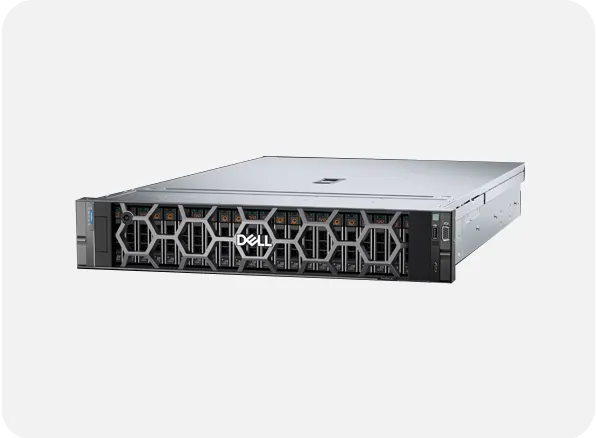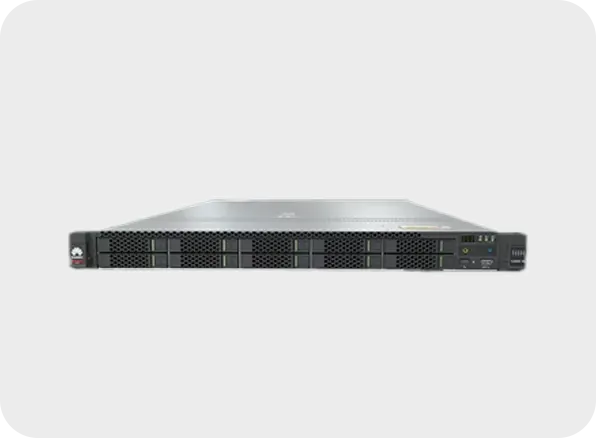Quick Comparison of Dell PowerEdge R760 Rack Server vs FusionServer 1288H V6 Rack Server at a Glance
The server comparison table provides a quick overview of the key specifications and key features for Dell PowerEdge R760 Rack Server and FusionServer 1288H V6 Rack Server Let’s take a look at the comparison table below.
| Features | ||
|---|---|---|
| Server Type / Form Factor |
|
- |
| Processor (CPU) |
|
One or two 3rd-gen Intel Xeon Scalable (Ice Lake) processors (8300/6300/5300/4300 series), up to 270 W TDP |
| Memory (RAM) |
|
|
| Storage |
|
|
| Expansion / Connectivity |
|
- |
| Redundancy & Reliability |
|
|
| Operating System Support |
|
|
| Security Features |
|
|
| Management & Monitoring |
|
|
| Warranty & Support |
|
|
| Server Type/Form Factor | - | 1U Rack Server (high-density dual-socket) |
| Expansion/Connectivity | - |
|

